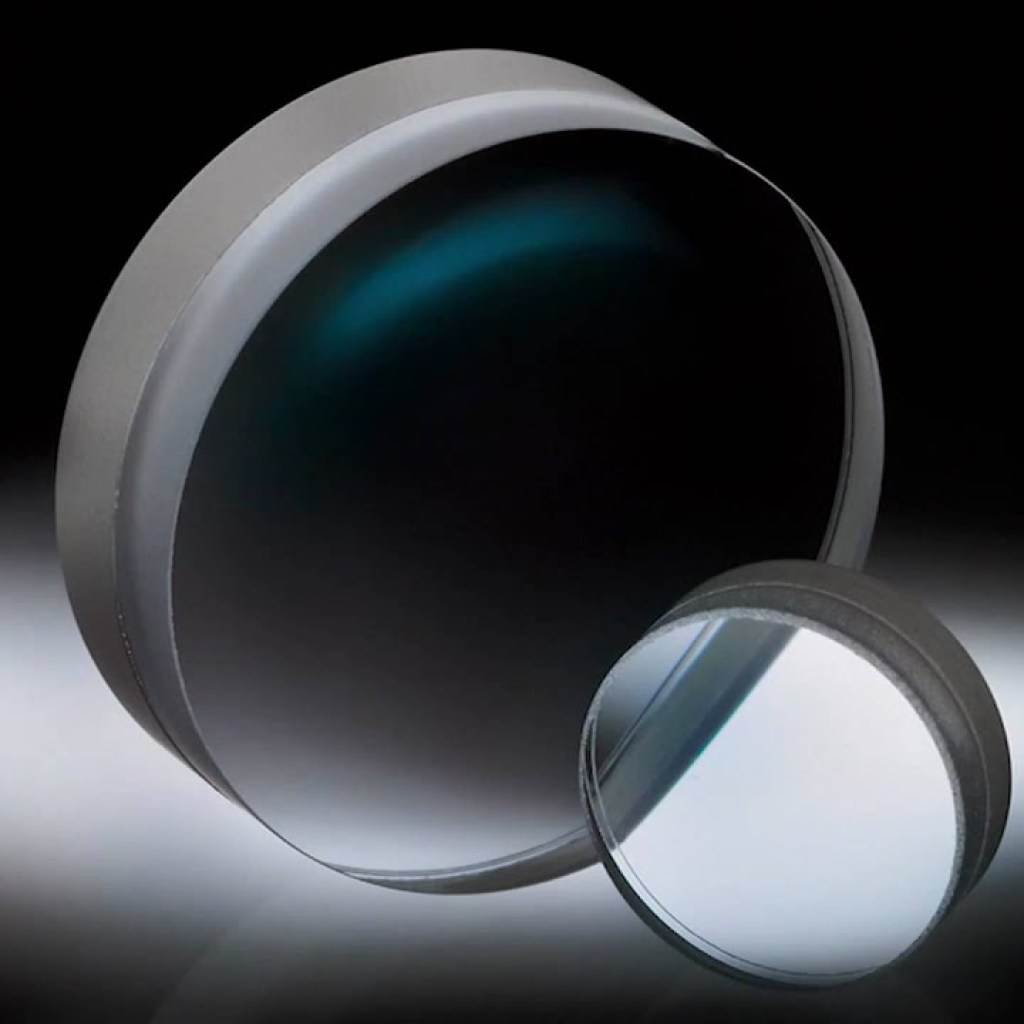Achromatic Optics
Source: Edmund Optics Understanding Achromatic Optics Understanding Achromatic Optics Achromatic optics are essential components in various optical systems, designed to minimize chromatic aberrations over a range of wavelengths. This article delves into the principles, applications, and types of achromatic optics, providing a comprehensive understanding of their significance in modern technology. What Are Achromatic Optics? Achromatic […]








